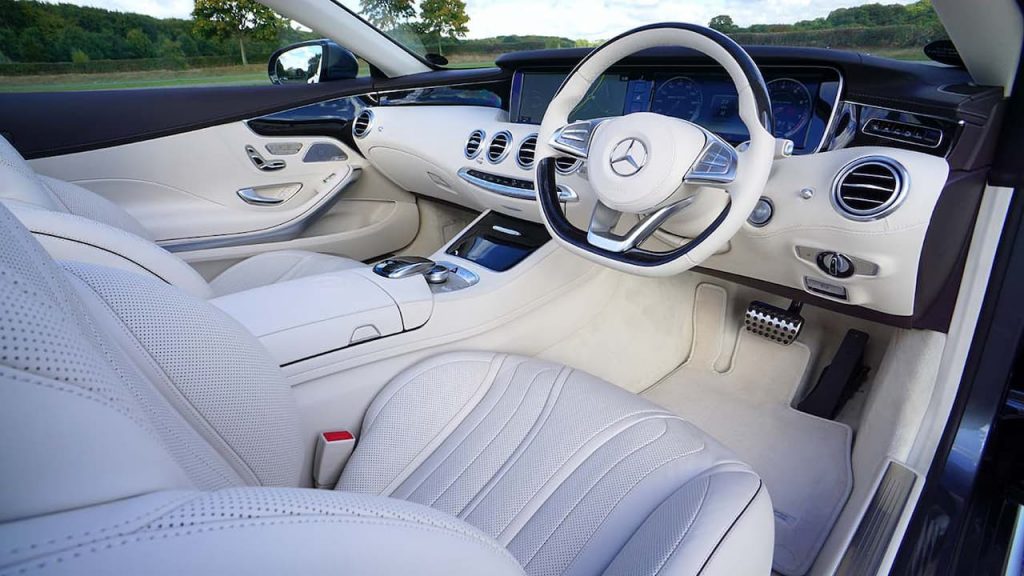Carl Benz, a famous pioneer in the automobile industry, created a three-wheeled car with a gas engine that looked like a bicycle. However, the inventor was almost immediately disappointed in his creation and preferred to forget about it. But his wife Berta was convinced that her husband’s invention would change the world. She and her two children took the miracle car to a nearby town to visit her mother. They had a lot of trouble on the way, but the family returned safely. And Berta developed a whole list of adjustments for the car, which, after implementing them, Carl found fame.
The Wright brothers are widely known for their invention of the airplane. But did you know that they also dabbled in car design? In fact, their first car was very similar to Benz’s three-wheeled creation. However, the Wrights’ car was never put into production.
In the early days of the automobile, cars were often seen as a work of art. And indeed, many of them were created by designers who had no experience in engineering or mechanics. These cars were frequently one-of-a-kind creations that were difficult to drive and maintain. But they often featured beautiful designs and innovative features. Read here about coolant for jeep wrangler.
And what is the car now? For some it is just a means of transportation, for some it is just a house, but for those who see the world in its brightest colors – it is a real work of art. There are more than 100 museums in the world, dedicated to unusual cars: from the ultramodern in the form of Pikachu to high-end retro cars.

In 1994, the Petersen Automotive Museum opened in California. It is where one of the most extensive collections of cars in the world is located, which includes more than 150 models. The complex consists of four floors, and each of them is dedicated to a particular theme. The first floor shows in detail the history of cars. The second floor is the main highlight of the museum; there are cars dedicated to Hollywood’s movie stars. The most famous one is the Batman’s car itself. The third floor is a real children’s world. The smallest vehicles are sure to win the heart of any child. And on the fourth floor there are recreation areas and restaurants.
Nine-storey building in the form of a spiral is already fascinating to look at. At the entrance, visitors are greeted by the famous racing driver Juan-Manuel Fangio at the wheel of the Mercedes-Benz W196 – the Silver Arrow. Traditionally, a tour of the museum begins on the top floor, which is accessed by an elevator. There are in total 1.5 thousand exhibits in the complex, from the most common cars to exclusive and rare ones.
From 1927 to 1957 there were endurance races on public roads in Italy – the Mille Miglia. They were the inspiration for the creation of the museum, which, by the way, is not in the most ordinary place – but in the chambers of the former monastery of St. Eufemia. The complex is small and the collection consists of only 30 cars, but what a collection!
Unusual stories about cars:
A racer who won by ingenuity

A rear view mirror is an obligatory attribute of any car. But originally it was invented to make a racing car lighter. Yes, that’s right, it was lighter. In 1911, two-seat cars were used at American races. The front seat was for the racer, and the back was for the so-called “navigator,” who watched the road behind. Ray Harrone decided that the extra weight was unlikely to help him win, and instead of a partner, he simply attached an ordinary mirror to the car. He won the race, of course, and thereby got many people interested in the original innovation.
“Wait, wait, are we breaking?”
1896, England, Walter Arnold had just bought his first car, which he was so happy about that he sped up to 13 km/h. The poor policeman had to catch up with him on his bicycle. It was the first speeding ticket in the world. At the time, the maximum allowed speed was 3 km/h.
75% efficiency
How many cars do you think are made in the world every year? 75 million. With over ten million ending their service and going to landfills or recycling. But it seems Rolls-Royce is not subject to universal standards. Of the 100% of the cars created during the entire period of the organization’s operation, 75% are still in use, and practically never let their owners down.

